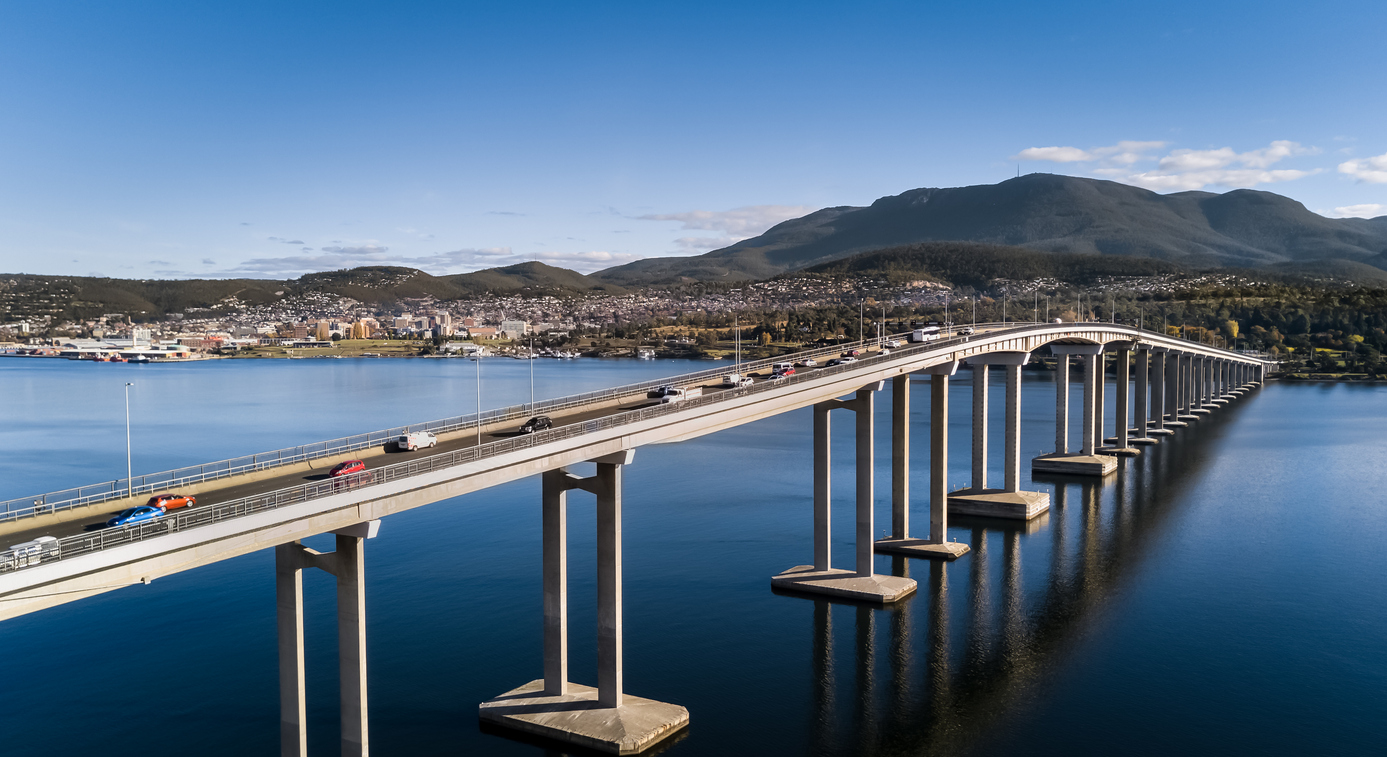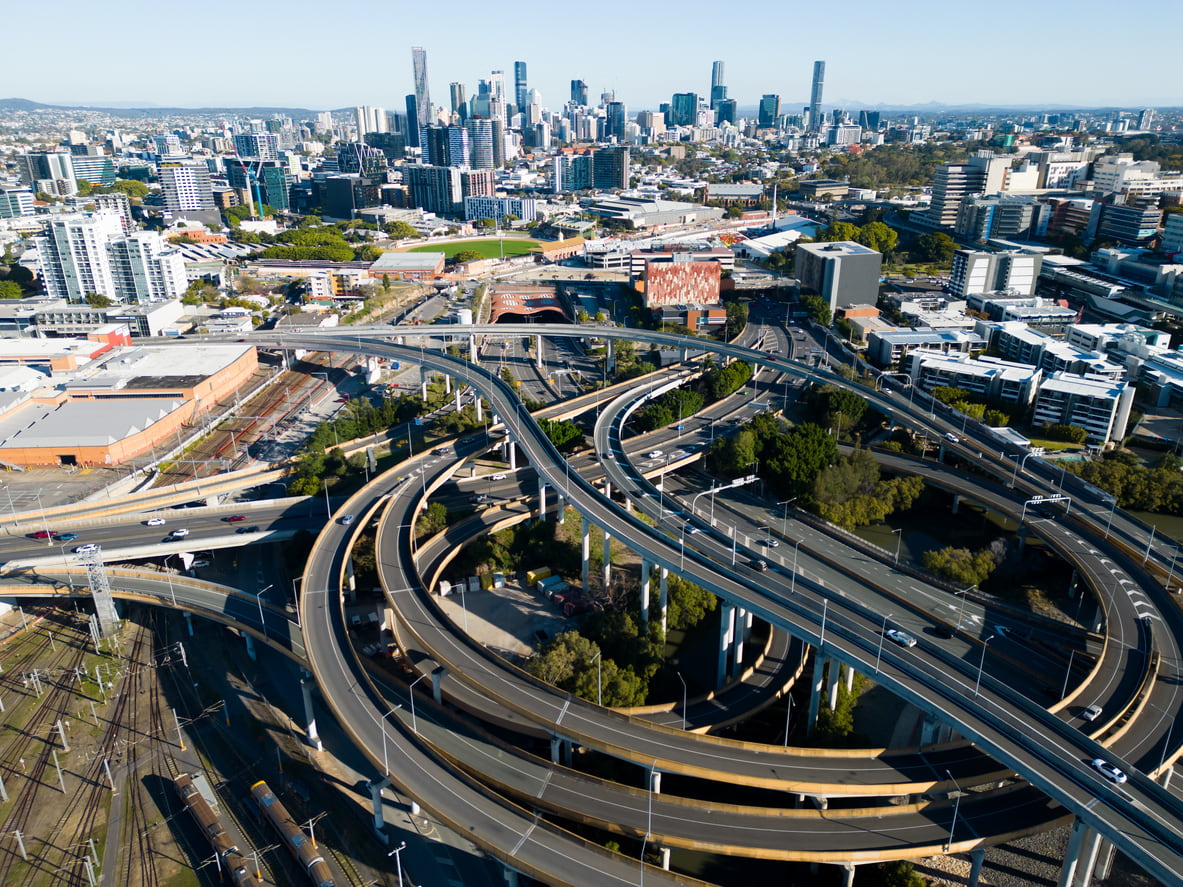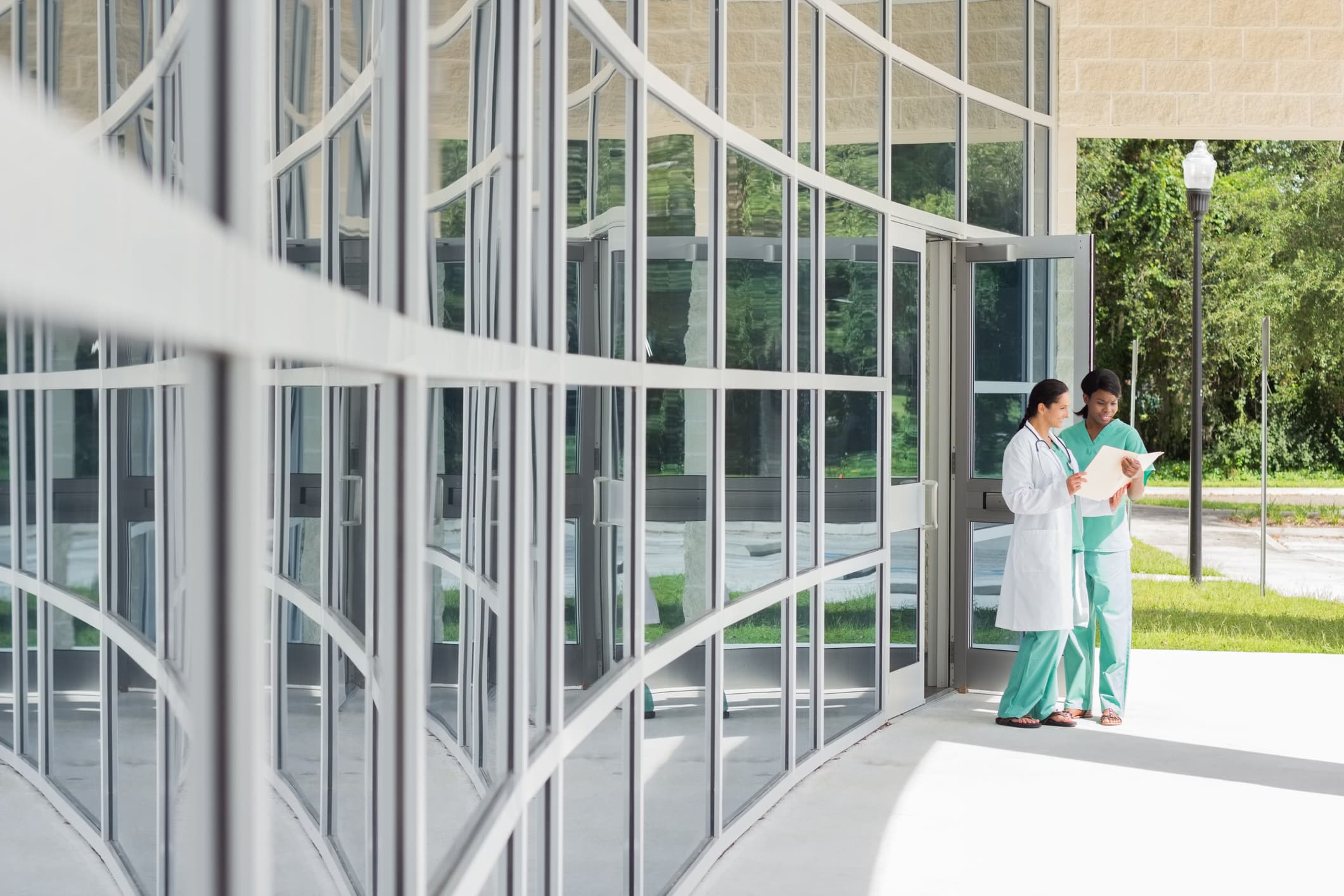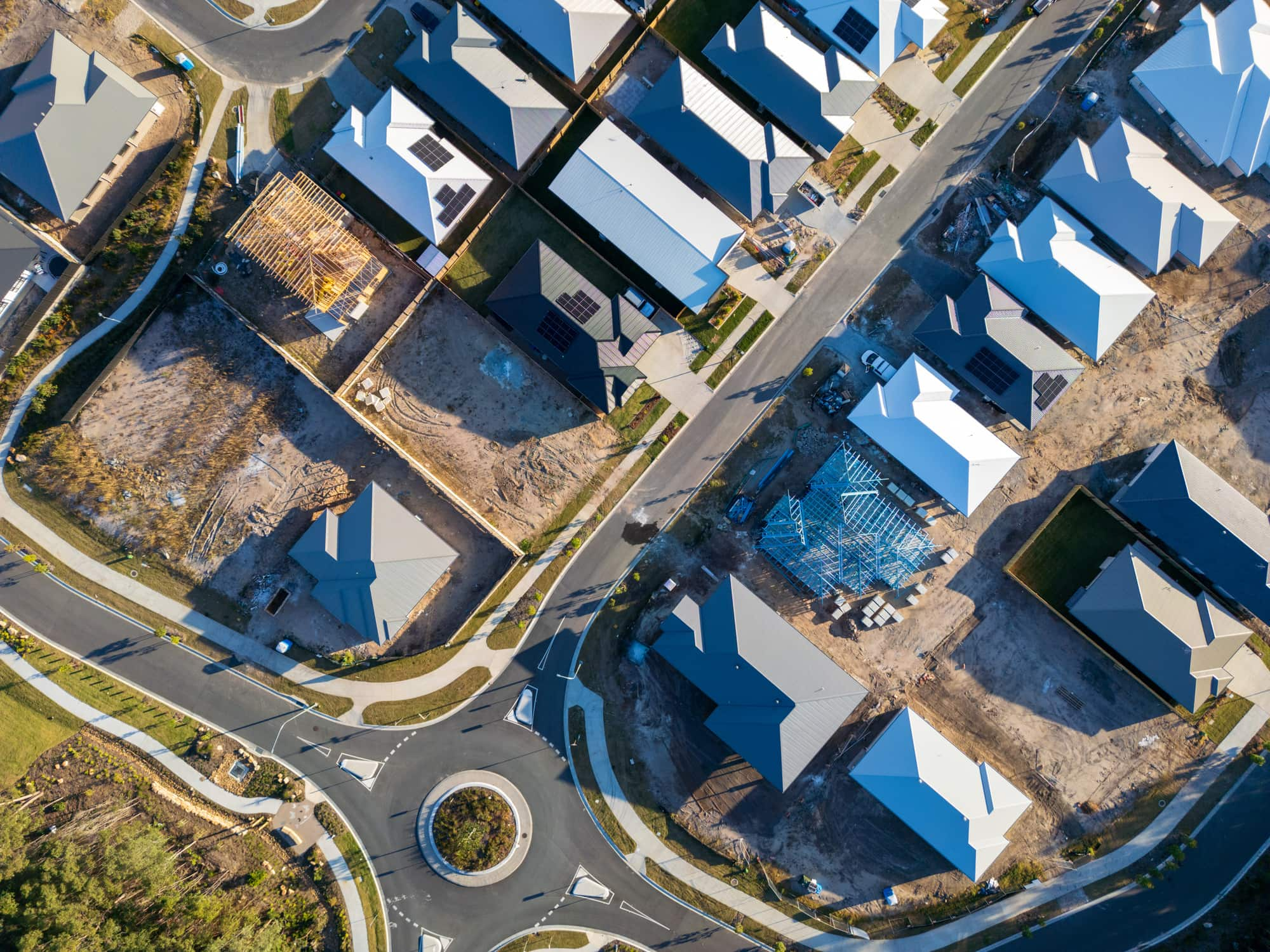Tasmania may be Australia’s smallest state but there’s a lot going on down south. Besides the ongoing maintenance and upgrades of existing infrastructure assets throughout the state, we’re also seeing many new once-in-a-generation projects on the drawing board or coming online – from major road, bridge, energy and water infrastructure to a range of social and recreational assets.
These are exciting times, but the path to delivering major infrastructure assets holds many risks – and Tasmanians can’t afford for these projects to miss the mark.
To keep projects on course for successful delivery, it’s never too early to embark on the following de-risking strategies.
Identify and engage with potential contractors
Tasmania has a relatively small pool of head contractors in the market. Identifying the potential pool of contractors and their upcoming availability and pipeline of works will be crucial to ensure that tenders achieve a competitive tension. To maximise contractor interest, projects will need to be made appealing and provide confidence in the project’s nature, timing and funding. An equitable and realistic sharing of risk will increase the likelihood of considered and competitive pricing.
Whether a contractor can procure adequate labour to undertake major projects in Tasmania is a key concern. The pipeline of works is expected to require around 25% more labour in the state, which will be challenging given Australia’s labour shortages.
Government must continue to encourage trades in schools and entice workers to the state – but this is a long game. In the short term, it will be important to engage with the market to identify potential labour shortages and help steer designs and timing to meet market capacity.
Demand across civil infrastructure and the wider construction sector will also affect the ability of contractors to undertake projects within available budgets and timeframes.
Understand and strengthen supply chains
Tasmanian Government policy is to ideally maximise the involvement of the Tasmanian construction sector on projects, which requires understanding the skills within the Tasmanian market.
Local subcontractors may or may not have the right skillset to undertake particular projects. Even if they do have the skills, do they have the workforce and facilities to undertake the works?
This is the time to look to local industry and developers to upgrade facilities to bolster capacity. Investing early in new facilities will strengthen Tasmanian industry and capacity, which will benefit the whole pipeline.
It’s worth considering whether there are opportunities for local suppliers to partner with interstate suppliers, or whether interstate subcontractors can be encouraged to relocate or establish a permanent local base.
Tasmanian subcontractors are often anxious about working under mainland contractors with whom they have no experience. Onerous contract terms and conditions are likely to result in lack of coverage and higher pricing. Early dialogue with head contractors may lead to consideration of more equitable terms in contracts between head contractors and subcontractors.
Maintain programme to keep projects on track and grant funding flowing
Setting realistic expectations of timing and maintaining rigorous project programming with established project milestones and deadlines will reduce risk from inception to completion. Unrealistic timeframes are likely to add a premium to contractors’ pricing.
Clear stakeholder engagement at inception will help solidify the brief to avoid changes of scope or directions among differing stakeholders.
It will be crucial that the project team has relevant and current experience to be able to benchmark and assess options quickly. This provides the well-informed and reliable mechanism for making appropriate decisions in line with milestones and avoid any backlog or delay.
Plan for cost-effective, fit-for-purpose operations throughout the project’s lifecycle
Some of the greatest risks for large infrastructure projects are that the constructed project isn’t fit for purpose and requires significant redesign, or that the project fails to accommodate changing needs and operating conditions over its long design life – which could extend to many decades. In the main, these risks can be avoided with adequate foresight based on experience, benchmarking and a deep consideration of projected future use patterns.
Decisions that are made now will affect the ongoing operational costs of the facility, so it’s important to understand the relevant cost implications now.
For example, what are the ongoing maintenance implications and costs of product and material choices? Could expectations or requirements change in future regarding embodied carbon or green energy? For a stadium, for example, what factors need to be considered during design to maximise the effectiveness and flexibility of the facility for sports, concerts, conferences, community events and other purposes? What ventilation and lighting will be needed to keep the pitch at the desired quality? Considering these variables early will maximise the use and value of the asset in the long term.
The pathway to successful on-time and on-budget infrastructure delivery and economical long-term operations must be paved now. There are more than half a million reasons to embrace thorough risk modelling and seek considered advice based on current, relevant experience – because every Tasmanian deserves a brighter future, underpinned by cost-effective, high-quality infrastructure.





